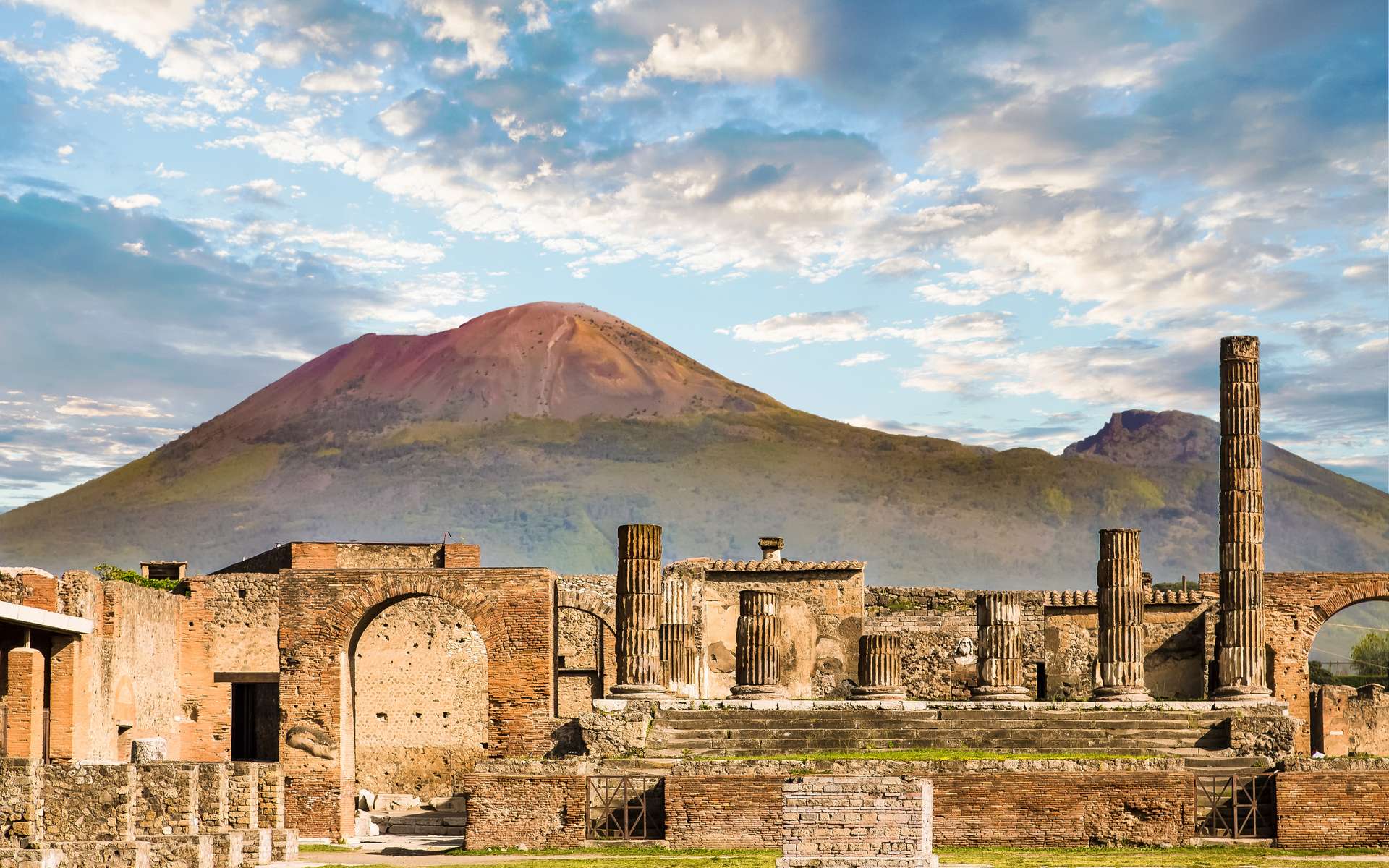The volcanic ash from the catastrophic eruption of Vesuvius has made it possible to preserve several bodies as well as their genetic code. The latter is a real mine of information when it is not degraded, like that of the body of a dead man in Pompeii which revealed many secrets.
You will also be interested
[EN VIDÉO] Archaeology: the bodies of two men excavated north of Pompeii Excavations carried out at the beginning of the year in Pompeii revealed two new victims of Vesuvius’ past wrath. Discover the images of the work carried out by the archaeologists on site. © Pompeii Sites
After eight centuries of sleepthe Mount Vesuvius erupted in the middle of the day on October 24, 79. The fiery cloud that came out of it buried and destroyed Pompeii, a Roman city in southwestern Italy, as well as neighboring towns, causing several thousand victims. Among the bodies found today, two skeletons have been studied: a man in his thirties and a woman over 50 years old. These last two were found in the dining room of a house, the home of the Fabbroand their positions suggest that their death, by the high temperature volcanic ash cloud, was instantaneous.
Studying the remains in Pompeii is not so easy: the burial of the bodies by the ash cloud exposed the victims to extremely high temperatures, which could have destroyed the bone and genetic materials, and therefore reduced the quantity and the quality ofDNA. However, if the remains were not destroyed during the disaster, the deposit of the volcanic ash rather played the role of preservative by protecting the bodies from oxygen for example, preventing the DNA from degrading.
DNA reveals Mediterranean origins
Of the two skeletons found in the Casa del Fabbroonly DNA of man has been sufficiently preserved to be able to carry out a sequencing entire. Gabriele Scorrano and his colleagues took care of the study and explain, in the journal Scientific Reportsthat the genome of the Pompeian is very close to the current populations of the Mediterranean and the Near East, such as the Greeks, the Maltese, the Cypriots and the Turks. This resemblance reveals the presence of an important genetic diversity during the period of the year 79. To this is added a small peculiarity found on its chromosome Y, sex chromosome of the males, which is a characteristic which we find today only in Sardinia.
This singularity carried by this man can mean that he would not be from this region. By comparing its DNA with more than 1,030 Italians living in Roman times, we notice a great resemblance with the Anatolians of the Neolithic (current region of Turkey), thus inducing that the particular character of the Y chromosome (found in the current Sardinians) would come from a male line of individuals living initially in Anatolia during the Neolithic. However, these results do not make it possible to determine whether this man came from Pompeii or whether he was part of the 5% of migrants of the imperial population of Italy. Despite everything, its genome very close to the Romans of the time makes it possible to conclude that this last possibility is not the most probable.
A man already condemned by tuberculosis
The analysis of the genome of this man in his thirties has again provided secret information on his state of health. The researchers who worked on his remains found characteristic lesions of the tuberculosis as well as traces of DNA supposedly from the bacterium Mycobacterium tuberculosis. We already know that the tuberculosis was spreading in Roman times, probably caused by the development of the urban lifestyle of the Romans. The fate of this Pompeian was therefore already sealed on a painful end whether it was because of the eruption of Vesuvius or tuberculosis, and like probably many victims of the eruption of the volcano.
Interested in what you just read?
.
